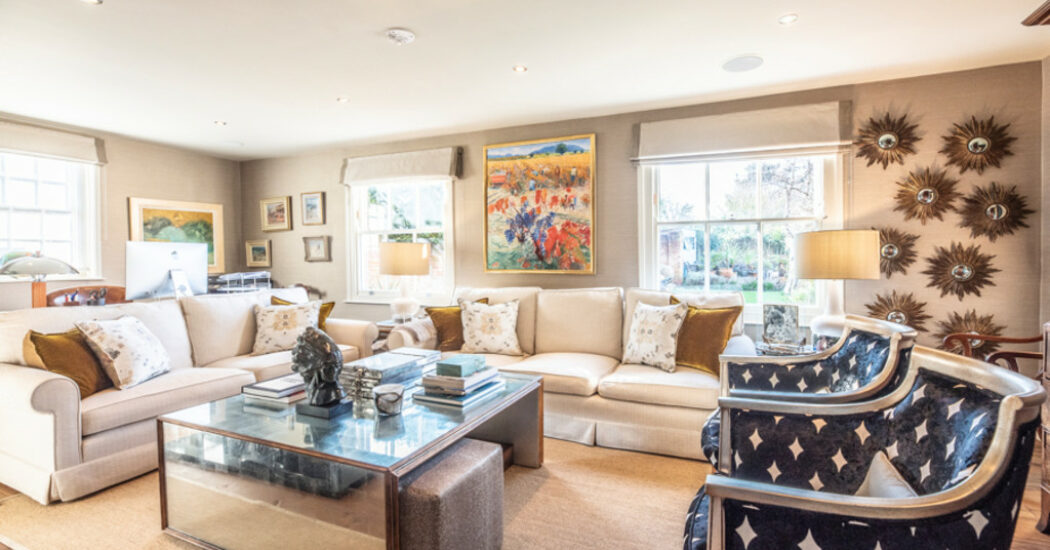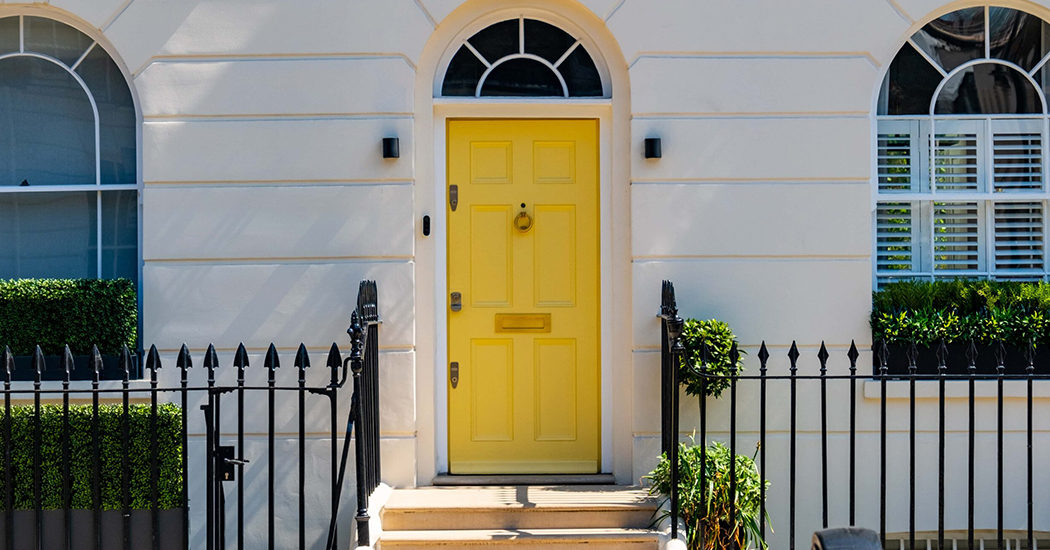At David Burr, we are specialists in unique and interesting properties throughout East Anglia. From the distinctive Tudor properties of towns like Lavenham, to the pargeting found on buildings in Suffolk and Essex, East Anglia is home to some distinctive architecture. In this blog, we’ll look at three styles from relatively recent periods of British History: Georgian, Victorian and Edwardian.
Georgian Properties in East Anglia
Georgian properties are defined as those built between 1714 – 1830, during the reigns of Georges I-IV. Sometimes the term includes late Georgian properties, which are similar in style and were built between 1830 – 1837 when King William was on the throne.
Often built from locally sourced brick or stone, famous Georgian properties in Suffolk include Ickworth House in Bury St Edmunds and many properties in the market town of Sudbury.
What are the distinctive features of a Georgian property?
Georgian properties are known for their symmetry both internally and externally. Often three to four storeys high, Georgian townhouses were built to be spacious, comfortable and full of light. Often the top level will have small windows and lower ceilings, as these were the servant’s quarters.
Despite a desire for natural light, bricked up windows may also be noticeable. This is an attempt to pay less window tax, a levy which was only repealed in 1851.
Fireplaces often form the focal point of the room, with double chimneys often found on both sides of the house.
Most properties built before 1840 will be listed. If you do wish to purchase a listed property, be sure to check out our guide – 5 things to think about when buying a Listed property in East Anglia.
Victorian Properties in Suffolk
Queen Victoria ascended the throne in 1837 as an eighteen-year-old and went on to oversee a period of industrial revolution during her 63-year reign. This rise of mass manufacturing meant more and more people could afford their own homes leading to an increase in terraced and back-to-back housing. Fine examples of Victorian housing can be found in Haverhill, west Suffolk and Bury St Edmunds.
What are the distinctive features of a Victorian property?
Large Victorian properties are often red brick buildings with bay windows, stained glass doorways and windows, slate roofs and sash windows. Internally, Victorian properties were typically furnished with dark wood fittings, with patterned wallpaper (often floral) adorning the walls.
In contrast, more affordable houses were often cramped, two-up two-down affairs with a fireplace in every room. Commonly built close to factories, these properties were often built in a terrace and had no garden.
To see more examples of beautiful homes in Suffolk, Cambridgeshire and Essex, be sure to read our blog about chocolate box cottages, and follow our dream homes series.
Edwardian properties in Essex
After the 67-year Victorian period, the Edwardian period was very short, lasting only 9 years between 1901-1910. Following Victoria’s reign, which saw an increase of mass production, Edward VIIth‘s short period on throne coincided with the development of the internal combustion engine – an advancement which saw the progress of air travel. Despite this, homes were simpler, with the arts and crafts movement a reaction to mass production.
What are the distinctive features of an Edwardian property?
Without the need for servant’s quarters Edwardian houses were shorter than Victorian ones, but with wider hallways, high ceilings, dual aspect rooms – often with a bay window – and a porch with a wooden frame. Rooms were bright with many sash windows. Often a dormer window is seen in the roof space, with steep pitched roofs allowing space for accommodation in the loft area.
Due to the expansion of the railways, Edwardian homes were increasingly built in the suburbs. With more space for each plot, the homes often enjoyed front and rear gardens. Reflecting an obsession with privacy, many of the properties from this period are set back from the road.
The influence of the arts and crafts movement can be seen in Edwardian properties. Simple furnishings and decorative features were appealing at the time. However, one obvious decorative trait of an Edwardian building is a part timber frame. This mock Tudor feature was common on grand houses to make them look older.
David Burr sell property of all ages in East Anglia
If you’re looking for a period property, talk to the experts at David Burr. With seven offices throughout the region, we are ideally placed to advise you on the best homes in the area. If you’re looking properties from a specific period, they can be filtered using our search function. Simply select the period you want to search for using the drop-down menu on our property for sale page.







